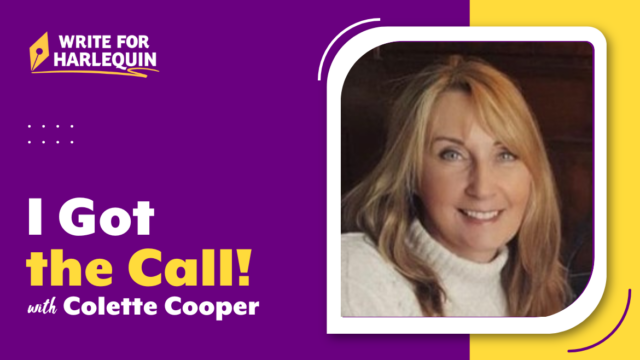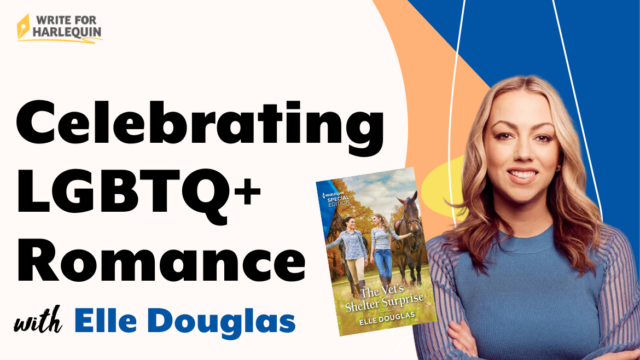
Details are an essential part of any story, whether they’re used to tell us something about a character, build a vivid world or simply to tell us where we are, when, and with whom. Without description, every romance novel would just be a few hundred pages of talking blobs in a plain room. To put it another way, details are what make us forget we’re looking at text on a page and what bring the book to life. But sometimes, too much description can actually take readers out of the story. So how can you get the most bang for your buck from every detail?
One good rule of thumb is to avoid interrupting the narrative flow. Here’s an example of the details slowing down the pacing of a scene:
Lily watched in disbelief as Shauna put a hand on Cole’s shoulder. The other woman was wearing a tight, black mini-dress and strappy heels that added four inches to her already-tall frame. Her blonde hair was pulled back in a severe ponytail and her blue eyes were accentuated by thick mascara. She whispered something in Cole’s ear.
The second and third sentences break up the flow of action, from Shauna touching Cole to leaning in to tell a secret. The description is almost clinical (note the passive voice), so there’s a missed opportunity to build tension and show us Lily’s internal reaction to all this. A more effective use of details might look like this:
Lily watched in disbelief as Shauna glided over to Cole on ridiculously high heels and put a hand on his shoulder. As she leaned in to whisper something in his ear, her short dress rose ever-so-slightly up her thigh.
Here, the description of Shauna’s outfit tells us something about her character, but we also get a sense of what Lily thinks about all this. And each sentence drives the action forward.
Which brings me to my next point: less is more. I’m sure you’ve heard the expression, “kill your darlings,” and this applies to the smallest details as well as major plot points and characters. Let’s say you modeled your hero’s ranch off the childhood home you remember in vivid detail. That’s great! But trying to convey the precise layout of every room and outbuilding is likely to confuse readers and distract from the story. What’s vital to each scene? If the characters are getting hot and heavy in the ranch house, you might want to tell us about the bed (or the couch, or the kitchen counter…). If they’re taking a romantic ride on horseback, what part of the scenery is most striking to the heroine? Readers have great imaginations and a few sharp, relevant details are sometimes all they need to build the scene in their minds.
One great spot to slip in details can be between bits of dialogue. For example:
“What do you think you’re doing?” Lily asked, hoping her voice sounded more confident than she felt.
Shauna whipped around, her ponytail flicking Cole’s cheek. “Excuse me?”
Even the smallest gesture can tell us a lot about a character and help the reader feel like they’re right there alongside the hero or heroine.
Finally, remember to use all five senses when describing a scene. Visual details are the most common, and obviously there are limited uses for taste, but don’t forget to change it up with the other three: what does the barn smell like? What are the qualities of the hero’s voice? How does his chest feel under his flannel shirt?
Now that I’ve conjured up a plaid-shirted cowboy with killer abs and a sexy drawl, I’ll leave you to your own descriptions. How do you approach details when you’re writing? Feel free to share your tips in the comments.
–from our SYTYCW Advice from the Archives



